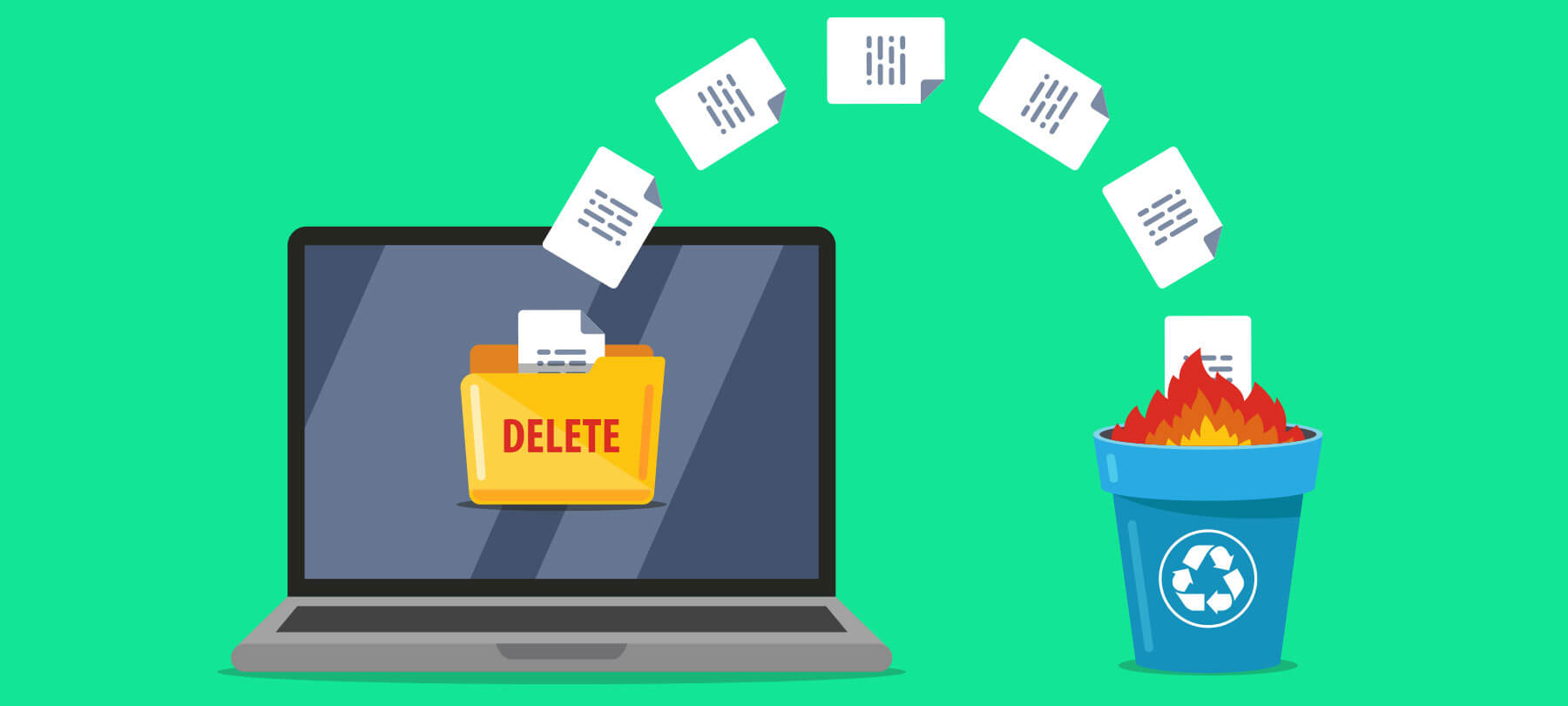
What to do before you sell your Mac: a step-by-step guide
If you’re planning to sell your Mac, you want to be sure that you’re not exposing your private data to the new owner. This also applies if you’re trading the Mac in or simply giving it away.
This guide will walk you through the steps you need to take before you get rid of that trusty old Mac. The process is slightly different for Intel Macs and Apple Silicon Macs, so be sure to follow the correct steps for your Mac.
Create a full backup of your Mac
Before you sell your Mac, give it away, or trade it in for something better, you need to make sure that all of your critical data is secure. You don’t want to lose anything important, so begin by making a complete backup of your Mac. If you already have Time Machine backups set up, this should be a familiar process. If you haven’t been doing Time Machine backups, or if you need a refresher on how to set them up, this video tutorial can help.
Sign out of iCloud and iMessage
The next step is to sign yourself out of iCloud. To do this on a Mac, you go to System Preferences > Apple ID and take a look at the sidebar. Pick the Overview option and then click on Sign Out.
You should also sign out of iMessage. To do this, first launch the Messages app. Head up to the menu bar and go to Messages > Preferences > iMessage, then click on Sign Out.
Make sure third-party apps will work on your new Mac
Before you sell your Mac, trade it in, or give it away, you need to make sure that your non-App Store purchases will still work on your new computer! Mac App Store apps are linked to your Apple ID, so you don’t have to worry about those. But if you’ve purchased a third-party app outside of the App Store, you may run into issues if you aren’t careful.
Most software developers will limit how many computers can use the same product serial number or license key (understandably). That means you may have to deactivate these before you move to a new computer; you can usually do this from somewhere within the app itself. When you switch to your new Mac, you just reinstall the app and reactivate your serial number or license key, which will still only be linked to one computer. If you can’t figure out how to deactivate a key or serial number, reach out to the app developers and ask them for help.
Remove your Mac from Trusted Devices
Most people use mobile devices for two-factor authentication, but it’s also possible to list your Mac as a Trusted Device for 2FA. If you’ve done this, you need to make sure that your Mac is no longer linked to your Apple ID as a trusted device. Go to appleid.apple.com and log into your Apple account area. Then go to Security and make sure your Mac is not listed under Trusted Devices. If you do see your Mac there, click on the “x” next to its name to remove it.
Reset your NVRAM
NVRAM stands for “nonvolatile random-access memory”. It’s kind of a mouthful, but it just refers to a special part of your computer’s memory that can store data even when powered off. On a Mac, NVRAM stores data related to system settings, your startup disk, and crash logs. All of that could contain information linked to you personally, so you want to reset a Mac’s NVRAM before getting rid of it.
Here’s how to do it. Shut down your Mac. Now, turn it on again, but while pressing and holding down Option (⌥), Command (⌘), P, and R (you have to hold them down together for about 20 seconds for this to work). This should automatically reset your NVRAM.
Unpair Bluetooth devices
If you’ve paired any Bluetooth devices to your Mac, unpair them now. Do this by going to System Preferences > Bluetooth. You’ll see a list of all paired devices here. Next to each device, you’ll see a little “x” that you can click to unpair the device. Note that if you’re not using a MacBook, the only way to do this is to plug in a USB keyboard and mouse.
To be honest, this step isn’t super-essential. But if you’re going to be in close proximity to the old Mac (i.e. if you’re going to sell your Mac to a classmate or give it away to a family member), it’s probably something you want to do. The reason is that a Bluetooth device that’s paired to the wrong Mac could produce accidental inputs on that computer, which might be a little annoying for the new owner!
Know your hardware and OS version
Here’s where things start to change depending on what kind of Mac you have, and on what OS version you’re running. If you’re not too sure about the details, no problem! Go to the Apple menu and click on About This Mac. You’ll see the OS version right at the top of the window that appears, and you’ll find information about the hardware (i.e. Intel vs Apple Silicon chips) next to the word “Processor”. As an aside, this is also where you can find all the basic tech specs for your machine. It can be a good idea to copy this information down so you can add it to the listing if you’re going to sell your Mac online.
If you’re using an Intel Mac, click here. If you’re using an Apple Silicon Mac, click here. Note: The steps below only work for Apple Silicon Macs that are running macOS 11.2 or later. If your Apple Silicon Mac is running an older OS version, you’ll have to use an alternative process (available on Apple’s website).
Erase your Intel Mac …
8.1 Put your Intel Mac in Recovery mode by turning it on while pressing and holding Command (⌘) and R. You can let go when you see the Apple logo or some other image. If you’re asked to choose a user and enter a password for that user, do so now.
8.2 You should now see the utilities window. Select Disk Utility and click on Continue.
8.3 In the sidebar, select your startup disk. It should be the first item you see in the sidebar, and is called Macintosh HD by default (your startup disk should still be Macintosh HD unless you’ve renamed it for some reason).
8.4 In the toolbar, click on Erase. In the Name field, enter “Macintosh HD” (or the name of your startup disk if you’ve changed the name) and enter “APFS” in the Format field. Then click Erase Volume Group. You may have to enter your Apple ID one more time at this stage.
8.5 If you have any other internal volumes listed in the sidebar, you can erase and reformat them using the delete volume (–) button in the toolbar — just make sure you’ve backed them up first!
…and Reinstall macOS
8.6 Quit Disk Utility to get back to the main utilities window, then select Reinstall macOS and click on Continue.8.7 Whether you’ve decided to sell your Mac, give it away, or trade it in, you want to make things as easy as possible for the new owner. That’s why this last step is so important. Follow the installation instructions until you get to the part where the macOS setup assistant asks you to choose your region. At this point, you can exit out of the installation process and shut down the Mac by pressing Command (⌘) and Q. This restores the Mac to its “out of the box” state for the next user.
Erase your Apple Silicon Mac …
9.1 Put your Apple Silicon Mac into Recovery mode by turning it on while pressing and holding the power button. This should cause the startup options window to appear. Choose Options and click Continue. You may be asked to choose a user and enter a password; you may also be asked to enter an Apple ID and password associated with your Mac. If either of these things happens, enter the requested information in order to continue.
9.2 At this point, you should see the utilities window. Pick Disk Utility and click on Continue.
9.3 The Disk Utility sidebar has a section labeled Internal. Look here for the volume named Macintosh HD, which is the default name for a Mac’s startup disk. The only reason it would be called something else is if you or someone else had previously renamed the startup disk.
9.4 Before continuing, erase any additional internal volumes that you may have added using Disk Utility by selecting them in the sidebar and clicking on the delete volume (–) button in the toolbar. Make sure you’ve backed up any internal volumes that you’re deleting.
9.5 Now get ready to erase the startup disk by selecting Macintosh HD (or whatever your startup disk is called if you’ve renamed it) from the sidebar.
9.6 Click on Erase on the toolbar and enter “Macintosh HD” next to Name and “APFS” next to Format. Then click on Erase Volume Group.
9.7 You may be prompted to enter your Apple ID one final time; if so, do this now. You’ll also be asked if you really want to erase the Mac. Click Erase Mac and Restart to confirm.
… and Reinstall macOS
9.8 The Mac will now restart and ask you to choose your language. If you’re going to sell your Mac (or donate it or trade it in) in a location where people speak your language, then you can now select your language and continue.
9.9 Your Mac should now activate as long as you have an Internet connection. You can use the Wi-Fi menu in the menu bar to connect to your network.
9.10 Click on Exit to Recovery Utilities after activation, and then click on Reinstall macOS from the utilities window. Follow the instructions on the screen. If you get to the part where the setup assistant wants you to choose your region, exit out of the installation process by pressing Command (⌘) and Q. This will leave the Mac in “like new” condition for the next user.
Next steps
Once you’ve prepped your old Mac for sale, it’s time to think about the new one! These articles will show you how to improve security and privacy on a Mac:


